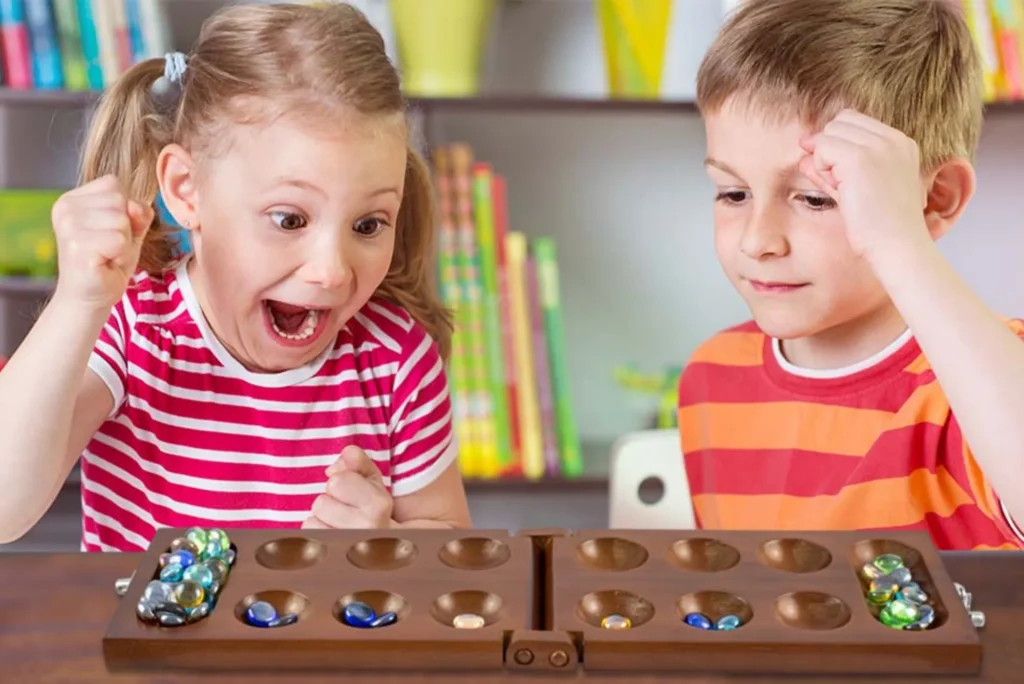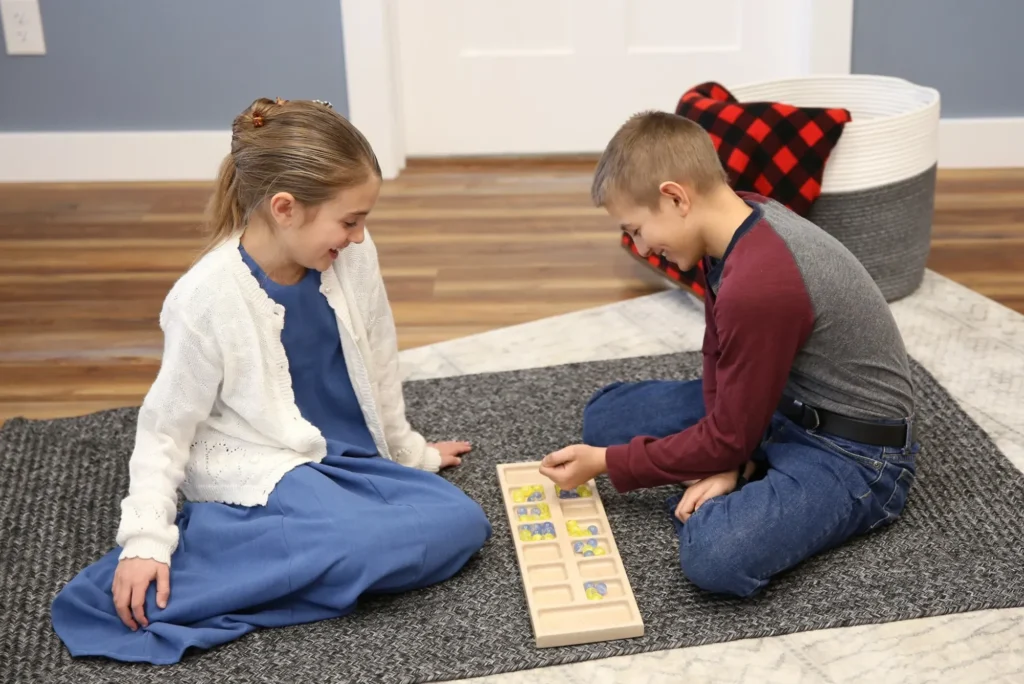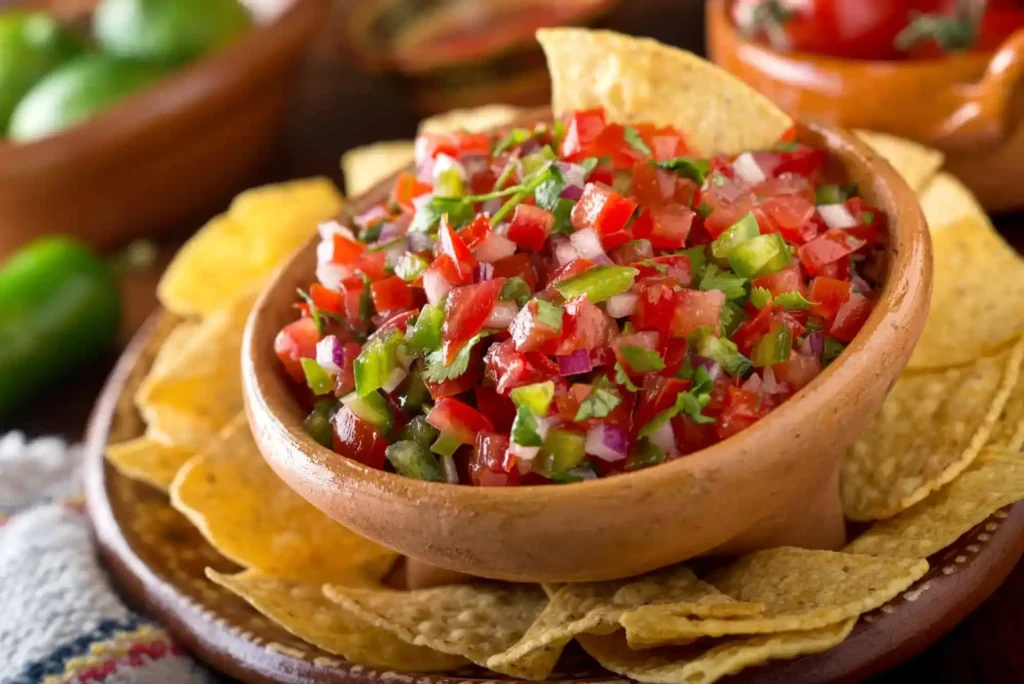Mancala is a classic board game with a rich history and global appeal. Known for its strategic depth and simplicity, it has been played for centuries across various cultures. Like the popular Mario games, Mancala offers a blend of fun and cognitive challenge, making it a timeless favorite for players of all ages.
History and Origin of Mancala
Mancala, often referred to as one of the oldest board games in the world, originated in Africa and the Middle East. Its name comes from the Arabic word “naqalah,” meaning “to move.” Over time, it spread across the world, adopting different names and variations in different regions. While Mancala has ancient roots, much like the classic appeal of Mario games, it has managed to stay relevant and engaging through generations.
Objective of the Mancala Game
The primary objective of the Mancala game is to collect more stones in your store (or Mancala) than your opponent by the end of the game. This simple yet strategic goal makes the game both accessible for beginners and challenging for experienced players. Understanding the objective thoroughly is essential for mastering the Mancala game and developing effective strategies to outmaneuver your opponent.
Overview of the Game’s Objective
In the Mancala game, each player controls six small pits (or holes) on their side of the board and one large pit (the store or Mancala) to their right. The game typically begins with an equal number of stones in each small pit. The objective is to move the stones around the board in such a way that you maximize the number of stones collected in your store while minimizing the number of stones your opponent can collect.
Detailed Breakdown of the Objective
-
Collecting Stones
- At the start of the Mancala game, each pit contains the same number of stones (usually four).
- Players take turns picking up all stones from one of their pits and distributing them one by one into the following pits in a counterclockwise direction, including their own store but not their opponent’s store.
- The goal is to end each turn with the last stone landing in your store or in an empty pit on your side, which can potentially lead to capturing stones from the opponent’s side.
-
Strategic Moves
- A key aspect of the Mancala game is planning your moves to end in your store, as this allows you to take another turn. This additional turn can be used to gather more stones or set up a capture.
- If the last stone lands in an empty pit on your side, and there are stones in the opposite pit, you capture all stones from both pits and place them in your store.
-
Ending the Game
- The Mancala game ends when all six pits on one side of the board are empty. At this point, the remaining stones in the pits on the other side are collected by the player who still has stones in their pits.
- The winner is the player with the most stones in their store at the end of the game.
Importance of Understanding the Objective

Understanding the objective of the Mancala game is crucial for several reasons:
-
Strategic Depth
- Knowing the goal helps you plan your moves effectively, allowing you to develop both offensive and defensive strategies.
- Players can anticipate their opponent’s moves and adjust their strategies accordingly to maintain an advantage.
-
Maximizing Captures
- By understanding the conditions for capturing stones, players can make informed decisions that maximize their stone collection while minimizing their opponent’s opportunities.
-
Game Flow
- A clear understanding of the objective helps players maintain the flow of the game, ensuring smooth and efficient gameplay.
-
Skill Development
- Focusing on the game’s objective helps improve cognitive skills such as counting, planning, and strategic thinking. These skills are not only beneficial for the Mancala game but also applicable in other areas of life.
Comparison to Other Games
While the Mancala game is distinct in its mechanics and objective, it shares similarities with other strategic games, such as chess, where the goal is to outmaneuver the opponent through careful planning and foresight. Additionally, much like the objectives in Mario games, which often involve reaching a goal or defeating an enemy, the objective of the Mancala game provides a clear target for players to aim for, making the game engaging and rewarding.
Mancala Game Equipment
Mancala is played on a board with two rows of small pits, typically twelve in total, and two larger pits called stores. Each player controls six pits and one store. The game also uses an equal number of stones, usually 48, distributed evenly among the small pits. The physical board and stones of Mancala provide a tactile gaming experience, contrasting with the digital interface of Mario games but offering a similarly immersive engagement.
Basic Rules of Mancala
The Mancala game is a strategic and engaging game that can be enjoyed by players of all ages. Understanding the basic rules is essential to playing and enjoying the game. Here is a detailed explanation of the fundamental rules of the Mancala game.
Initial Setup
-
Board Layout
- The Mancala board consists of two rows of six small pits (also called holes or pockets) and two larger pits at each end of the board, known as stores (or Mancalas). Each player controls the six pits on their side of the board and the store to their right.
-
Stones
- At the beginning of the Mancala game, four stones are placed in each of the twelve small pits. This means each player has a total of 24 stones in their six pits.
How to Determine Who Goes First
- Players can decide who goes first through any mutually agreed method, such as a coin toss or simply taking turns starting the game in different rounds. Once the first player is determined, the game begins.
Making a Move
-
Picking Up Stones
- On their turn, a player picks up all the stones from one of their six pits.
-
Sowing Stones
- Starting with the next pit in a counterclockwise direction, the player drops one stone in each subsequent pit, including their own store but skipping their opponent’s store.
- If the player reaches their own store, they place a stone in it and continue sowing the remaining stones into the pits.
-
Ending a Turn
- The player’s turn ends when they place the last stone in a pit. The action taken next depends on where the last stone lands:
- If the last stone lands in the player’s own store, they get another turn.
- If the last stone lands in an empty pit on the player’s side, and the opposite pit (on the opponent’s side) contains stones, the player captures all the stones from both pits and places them in their store.
- If the last stone lands in a pit that is not empty, the turn ends, and it becomes the opponent’s turn.
- The player’s turn ends when they place the last stone in a pit. The action taken next depends on where the last stone lands:
Capturing Stones
- Capturing is a strategic element of the Mancala game:
- If the last stone a player drops lands in an empty pit on their side, and the opposite pit contains stones, they capture all the stones from the opponent’s pit as well as the stone they just placed in the empty pit.
- All captured stones are then placed into the player’s store.
Ending the Game
- The Mancala game ends when one player’s six pits are completely empty.
- At this point, the other player takes all remaining stones from their side and places them in their store.
- The winner is the player with the most stones in their store after all stones have been counted.
Variations of Mancala
Mancala has numerous variations, each with unique rules and strategies. Some popular ones include:
- Kalah: The version described above, common in the United States.
- Oware: Played with two rows of six pits and focusing more on strategy and less on capture.
These variations add depth and diversity to the game, much like the various editions and spin-offs found in Mario games, which keep players engaged with new challenges and gameplay styles.
Strategies for Winning Mancala
Basic Strategies
- Planning Moves Ahead: Think several moves ahead to ensure you maximize your stone collection and disrupt your opponent’s plans.
- Controlling the Endgame: Aim to clear your side of the board strategically to gain the final move advantage.
Advanced Strategies
- Optimal Sowing Techniques: Distribute stones to land in your store frequently.
- Anticipating Opponent’s Moves: Predict and counter your opponent’s strategies to gain an upper hand.
Much like in Mario games, where players develop specific techniques to tackle difficult levels, mastering these strategies can significantly improve your Mancala game.
Common Mistakes to Avoid in Mancala
New players often make mistakes such as failing to plan ahead or overlooking capture opportunities. To avoid these:
- Understand the rules thoroughly to prevent illegal moves.
- Practice strategic thinking to anticipate outcomes better.
- Stay focused on the game to avoid missing crucial moves.
Similarly, avoiding common pitfalls in Mario games, such as misjudging jumps or underestimating enemies, can enhance your gameplay experience.
Benefits of Playing Mancala

Playing the Mancala game offers numerous benefits that extend beyond simple entertainment. This ancient game, with its rich history and strategic depth, provides various cognitive, educational, social, and cultural advantages. Whether played casually or with a competitive spirit, the Mancala game can enrich the lives of its players in several meaningful ways.
Cognitive and Educational Benefits
Enhances Counting and Strategic Thinking: The Mancala game requires players to count stones and plan their moves carefully. This constant counting and strategizing help improve mathematical skills and cognitive functions. Players learn to anticipate the outcomes of their moves, enhancing their ability to think ahead and plan strategically.
Promotes Patience and Planning: Unlike many fast-paced digital games, the Mancala game demands patience and careful consideration of each move. Players must think through their actions and their potential consequences, fostering a mindset of thoughtful planning and deliberate decision-making.
Improves Memory and Concentration: Regularly playing the Mancala game helps boost memory and concentration. Players need to remember the rules, keep track of the stones, and monitor their opponent’s moves. This mental engagement strengthens memory retention and improves overall concentration levels.
Social and Cultural Benefits
Fosters Social Interaction: The Mancala game is typically played with two players, promoting social interaction and communication. It provides an opportunity for friends and family to connect, share, and enjoy each other’s company. The social aspect of the game can help build stronger relationships and enhance social skills.
Cultural Learning and Appreciation: Playing the Mancala game offers insight into the cultural heritage and history of different regions. As players learn about the origins and variations of the game, they gain an appreciation for the cultural diversity and historical significance of this ancient pastime.
Encourages Fair Play and Sportsmanship: The Mancala game teaches valuable lessons in fair play and sportsmanship. Players learn to respect the rules, handle wins and losses gracefully, and develop a sense of camaraderie. These lessons are essential for personal development and can be applied in various aspects of life.
Mental Health Benefits
Reduces Stress and Anxiety: Engaging in the Mancala game can be a relaxing and stress-relieving activity. The focus required to play the game can help take the mind off daily worries and reduce anxiety levels. The repetitive nature of moving the stones can have a calming effect, promoting mental well-being.
Boosts Mood and Happiness: The satisfaction of mastering the Mancala game and successfully executing strategies can boost mood and happiness. The social interaction and enjoyment derived from playing the game contribute to overall emotional health, making it a joyful and fulfilling pastime.
Encourages Mindfulness: Playing the Mancala game encourages mindfulness, as players must concentrate fully on the present moment and their current move. This mindful engagement helps improve focus and awareness, contributing to better mental clarity and overall mindfulness in daily life.
Playing Mancala is a rewarding experience that combines strategic thinking with historical appreciation. Whether you’re a seasoned gamer or new to board games, Mancala offers a timeless challenge that parallels the enjoyment found in Mario games. Embrace the opportunity to learn and master this ancient game, and you’ll discover a world of fun and cognitive development.











